Home>Home Appliances>Home Automation Appliances>What Is A C-Wire On A Thermostat
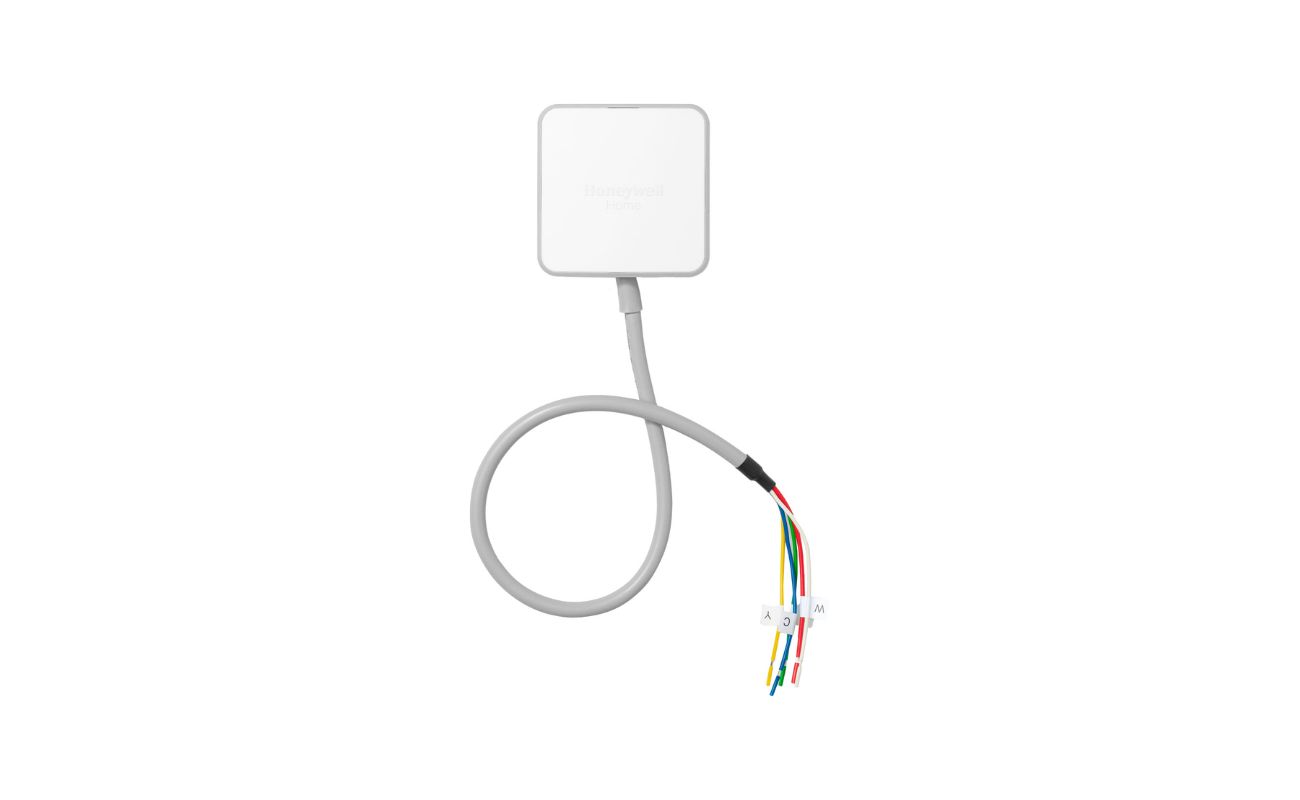

Home Automation Appliances
What Is A C-Wire On A Thermostat
Modified: March 24, 2024
Learn about the importance of a C-wire for home automation appliances. Find out how it powers your thermostat and ensures efficient operation.
(Many of the links in this article redirect to a specific reviewed product. Your purchase of these products through affiliate links helps to generate commission for Storables.com, at no extra cost. Learn more)
Introduction
Welcome to the world of home automation and smart appliances, where every device seems to have a mind of its own. In this realm, the thermostat stands as a pivotal player, orchestrating the delicate dance of temperature regulation within our living spaces. As we delve into the intricacies of thermostat installation and operation, one term that frequently surfaces is the enigmatic "C-wire." To the uninitiated, this term may sound like something out of a sci-fi novel, but fear not! In this article, we will unravel the mystery of the C-wire and its significance in the realm of thermostats.
Whether you're a seasoned DIY enthusiast or a homeowner considering a thermostat upgrade, understanding the role of the C-wire is crucial. This tiny yet mighty component can make all the difference in the seamless operation of your thermostat, and by extension, your HVAC system. So, let's embark on this enlightening journey to demystify the C-wire and uncover its importance in the realm of home comfort and energy efficiency.
Key Takeaways:
- The C-wire, also known as the common wire, is crucial for modern thermostats with advanced features like Wi-Fi connectivity. It ensures stable power supply, prevents battery drain, and supports smart thermostat capabilities.
- If your thermostat lacks a C-wire, options like power extender kits, repurposing the G-wire, professional rewiring, or C-wireless thermostats can overcome this challenge. These solutions enable the integration of advanced thermostat features for enhanced comfort and energy efficiency.
Read more: What Color Is The C-Wire On A Thermostat
What Is a C-Wire?
The C-wire, also known as the common wire or "24 V common" wire, is an essential element in the setup of modern thermostats. It serves as the continuous power supply line needed to ensure the smooth operation of the thermostat, particularly those with advanced features such as Wi-Fi connectivity, touch screens, and programmable settings.
One might wonder about the origin of the "C" in C-wire. Contrary to popular belief, it does not stand for "common," but rather originates from the term "common ground." This wire completes the circuit and provides a return path for the continuous flow of 24-volt AC power from the heating, ventilation, and air conditioning (HVAC) system to the thermostat. Without the C-wire, the thermostat may experience power interruptions, leading to malfunctions, unresponsive touchscreens, or even complete shutdowns.
In older HVAC systems, the need for a C-wire was minimal, as most thermostats were designed to operate using only batteries for power. However, with the emergence of smart thermostats and their advanced functionalities, the C-wire has become a necessity to support the increased power demands and ensure a reliable power supply for these sophisticated devices.
As the backbone of the thermostat's power supply, the C-wire plays a pivotal role in maintaining the seamless operation of the thermostat and enabling the implementation of energy-saving features, such as adaptive learning algorithms and remote access capabilities. Its presence is instrumental in fostering a harmonious synergy between the thermostat and the HVAC system, ultimately contributing to enhanced comfort and energy efficiency within the home.
Why Is a C-Wire Important?
The importance of the C-wire in the realm of thermostat functionality cannot be overstated. With the evolution of thermostats from simple temperature controllers to sophisticated, feature-rich devices, the demand for continuous power to support their enhanced capabilities has surged. Here are several compelling reasons why the C-wire is indispensable:
- Stable Power Supply: The C-wire ensures a consistent and stable power supply to the thermostat, mitigating the risk of power interruptions that could disrupt its operation. This is especially crucial for smart thermostats with Wi-Fi connectivity and advanced display features, which rely on a continuous power source to function optimally.
- Prevention of Battery Drain: In the absence of a C-wire, thermostats that rely solely on battery power may experience rapid depletion, leading to frequent battery replacements and potential operational disruptions. The C-wire alleviates this reliance on batteries, promoting a more sustainable and reliable power source for the thermostat.
- Support for Advanced Features: Smart thermostats, equipped with features such as learning algorithms, adaptive scheduling, and energy usage reports, necessitate a constant power supply to execute these functions seamlessly. The C-wire empowers the thermostat to harness its full potential and deliver an enhanced user experience.
- Compatibility with HVAC Systems: Many modern HVAC systems are designed to work optimally with thermostats that have a C-wire connection. By incorporating the C-wire, homeowners can ensure compatibility with a wide range of HVAC systems, fostering a harmonious integration that maximizes efficiency and performance.
Ultimately, the C-wire serves as the linchpin that upholds the operational integrity of the thermostat, enabling it to fulfill its role as the orchestrator of indoor comfort and energy efficiency. By embracing the presence of the C-wire, homeowners can harness the full potential of their thermostat, unlocking a world of innovative features and seamless functionality that elevate the home environment.
If your thermostat requires a C-wire, but your current setup doesn’t have one, you can use a C-wire adapter or hire a professional to install a new C-wire.
How to Determine If You Have a C-Wire
As you embark on the quest to unravel the mystery of the C-wire within your thermostat setup, it is essential to ascertain whether your current configuration includes this vital component. Here are several methods to determine the presence of a C-wire:
- Consulting the HVAC System Documentation: Begin by referring to the documentation or user manual of your HVAC system. It may provide insights into the wiring configuration and specify the presence of a C-wire. If the manual is unavailable, consider reaching out to the manufacturer for guidance.
- Inspecting the Thermostat Wiring: Carefully remove the cover of your thermostat to reveal the wiring behind it. Typically, the C-wire is designated by the letter "C" and is often colored blue. However, wiring conventions may vary, so it is advisable to verify the labeling against the system documentation or consult an HVAC professional for clarification.
- Using a Multimeter: For homeowners comfortable with electrical measurements, a multimeter can be employed to test for the presence of a C-wire. By carefully examining the wiring and identifying the common wire, you can confirm the existence of the C-wire based on its electrical characteristics.
- Seeking Professional Assistance: If the above methods prove inconclusive or if you are uncertain about interpreting the wiring configuration, enlisting the expertise of an HVAC technician or an electrician is a prudent course of action. These professionals possess the knowledge and tools to accurately assess the presence of a C-wire and offer tailored recommendations for your specific setup.
By employing these methods, you can gain clarity regarding the presence of a C-wire in your thermostat configuration, paving the way for informed decision-making as you explore potential thermostat upgrades or seek solutions to optimize your existing setup.
Options for Homes Without a C-Wire
For homeowners whose current thermostat setup lacks a C-wire, the prospect of integrating a new thermostat with advanced features may initially seem daunting. However, several viable options exist to address this challenge and enable the seamless installation of modern thermostats. Consider the following alternatives:
- Power Extender Kit: A power extender kit, also known as a PEK or C-wire adapter, serves as a practical solution for homes without a dedicated C-wire. This kit is designed to leverage the existing wiring infrastructure and create a virtual C-wire, providing the continuous power supply required for smart thermostats. Installation typically involves connecting the power extender kit to the HVAC control board, enabling compatibility with a wide range of thermostat models.
- Utilizing the G-Wire: In some HVAC systems, the G-wire, which controls the fan operation, can be repurposed as a C-wire to support the power needs of the thermostat. While this approach requires careful consideration of the HVAC system's compatibility and wiring configuration, it offers a viable workaround for homes lacking a dedicated C-wire.
- Professional Installation and Rewiring: Engaging the services of an HVAC technician or an electrician presents an opportunity to reconfigure the wiring infrastructure and introduce a dedicated C-wire to accommodate modern thermostat requirements. This tailored approach ensures a seamless integration of the C-wire, aligning with the specific nuances of your HVAC system and thermostat preferences.
- Exploring C-Wireless Thermostat Options: Some thermostat manufacturers offer innovative C-wireless models that eliminate the need for a physical C-wire connection. These thermostats utilize alternative power sources or proprietary technologies to operate without a traditional C-wire, providing a compelling solution for homes where wiring modifications may be impractical.
By exploring these options and tailoring them to your home's unique requirements, you can navigate the challenges posed by the absence of a C-wire and unlock the potential for integrating advanced thermostats that enhance comfort, energy efficiency, and overall home automation capabilities.
Read more: What Is A C Wire Adapter For A Thermostat
Conclusion
As we conclude our exploration of the C-wire and its pivotal role in the realm of thermostat functionality, it becomes evident that this seemingly inconspicuous wire holds immense significance in the context of modern home automation and comfort management. The evolution of thermostats from basic temperature controllers to sophisticated, feature-rich devices has underscored the indispensability of the C-wire, with its ability to ensure a stable power supply and support the advanced functionalities that define contemporary smart thermostats.
For homeowners embarking on the journey of thermostat installation or seeking to upgrade their existing systems, the presence or absence of a C-wire serves as a critical determinant of compatibility and operational integrity. While the absence of a dedicated C-wire may initially pose a challenge, the availability of practical solutions, such as power extender kits, rewiring options, and C-wireless thermostat models, empowers homeowners to overcome this obstacle and embrace the benefits of modern thermostat technology.
Furthermore, the quest to determine the presence of a C-wire and explore viable solutions embodies the spirit of innovation and adaptability that defines the realm of home automation. It encourages homeowners to engage with the intricacies of their HVAC systems, seek tailored solutions, and embrace advancements that elevate the comfort, energy efficiency, and convenience of their living spaces.
As we look to the future of home automation and smart appliances, the C-wire stands as a testament to the transformative power of technology and the ingenuity of solutions that enable seamless integration and optimal performance. By understanding the significance of the C-wire and embracing the possibilities it unlocks, homeowners can embark on a journey of enhanced comfort, energy efficiency, and personalized control within their homes.
So, whether you are contemplating a thermostat upgrade, troubleshooting wiring configurations, or envisioning a more connected and efficient home environment, the C-wire serves as a symbol of potential and a gateway to a world of innovative thermostat solutions.
Frequently Asked Questions about What Is A C-Wire On A Thermostat
Was this page helpful?
At Storables.com, we guarantee accurate and reliable information. Our content, validated by Expert Board Contributors, is crafted following stringent Editorial Policies. We're committed to providing you with well-researched, expert-backed insights for all your informational needs.
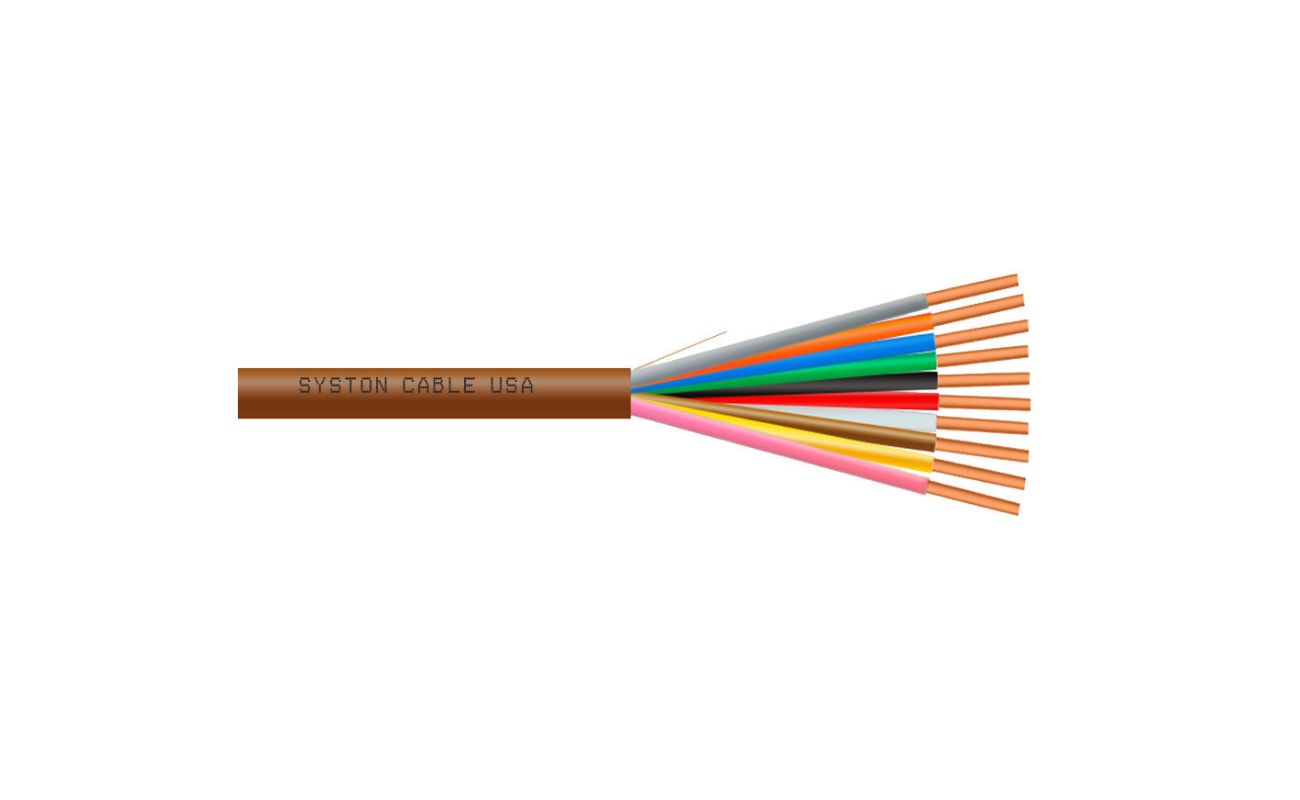
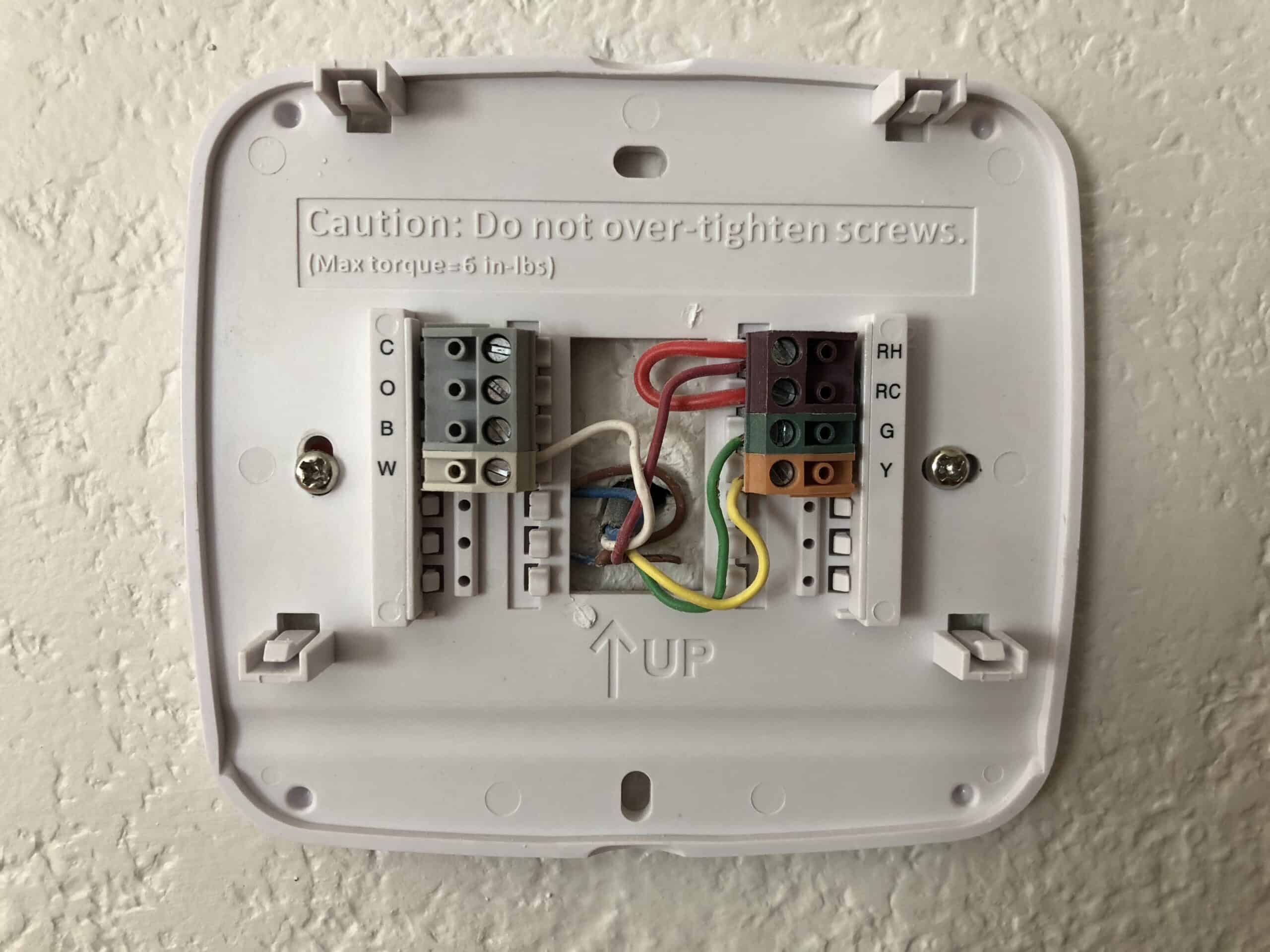
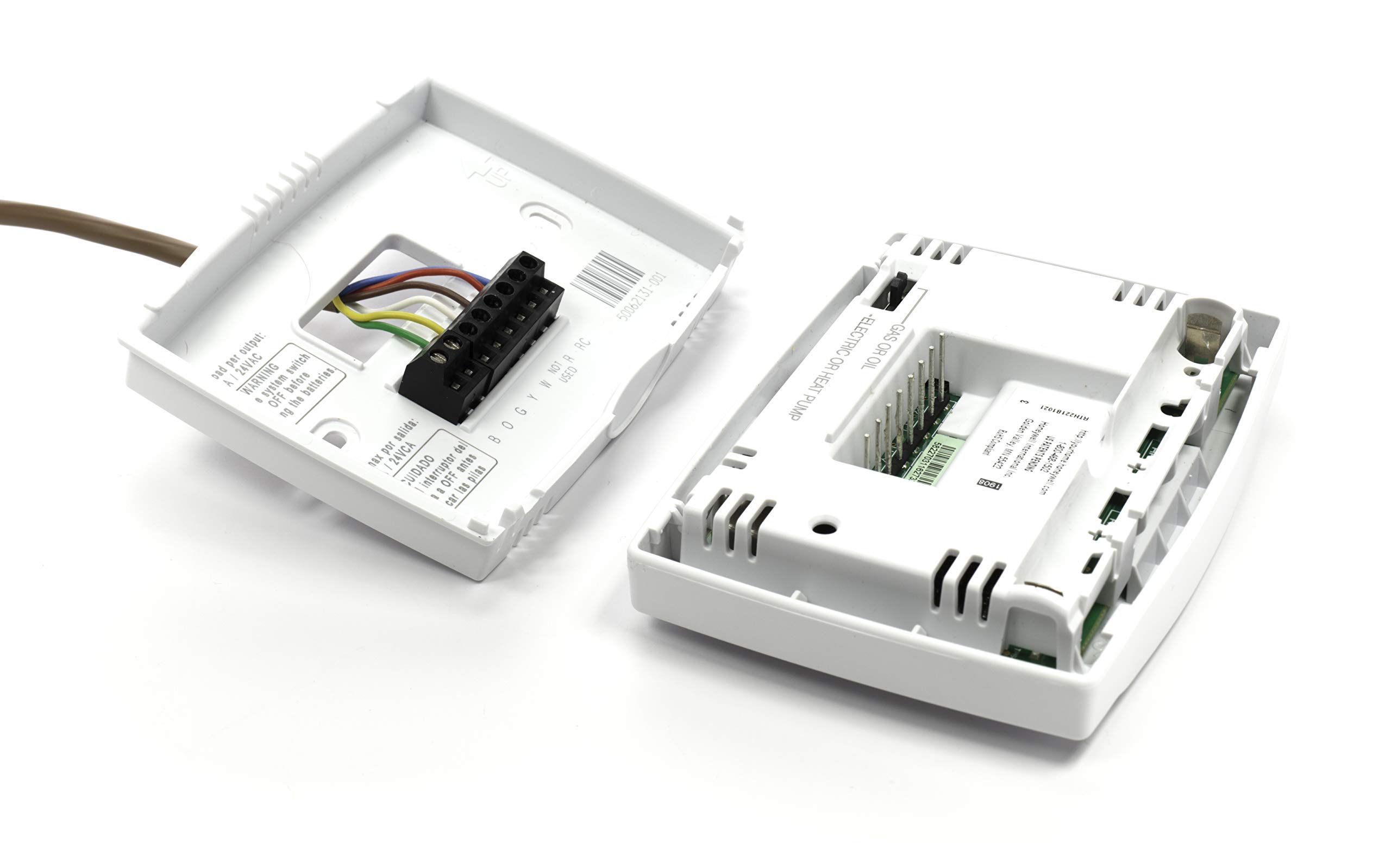
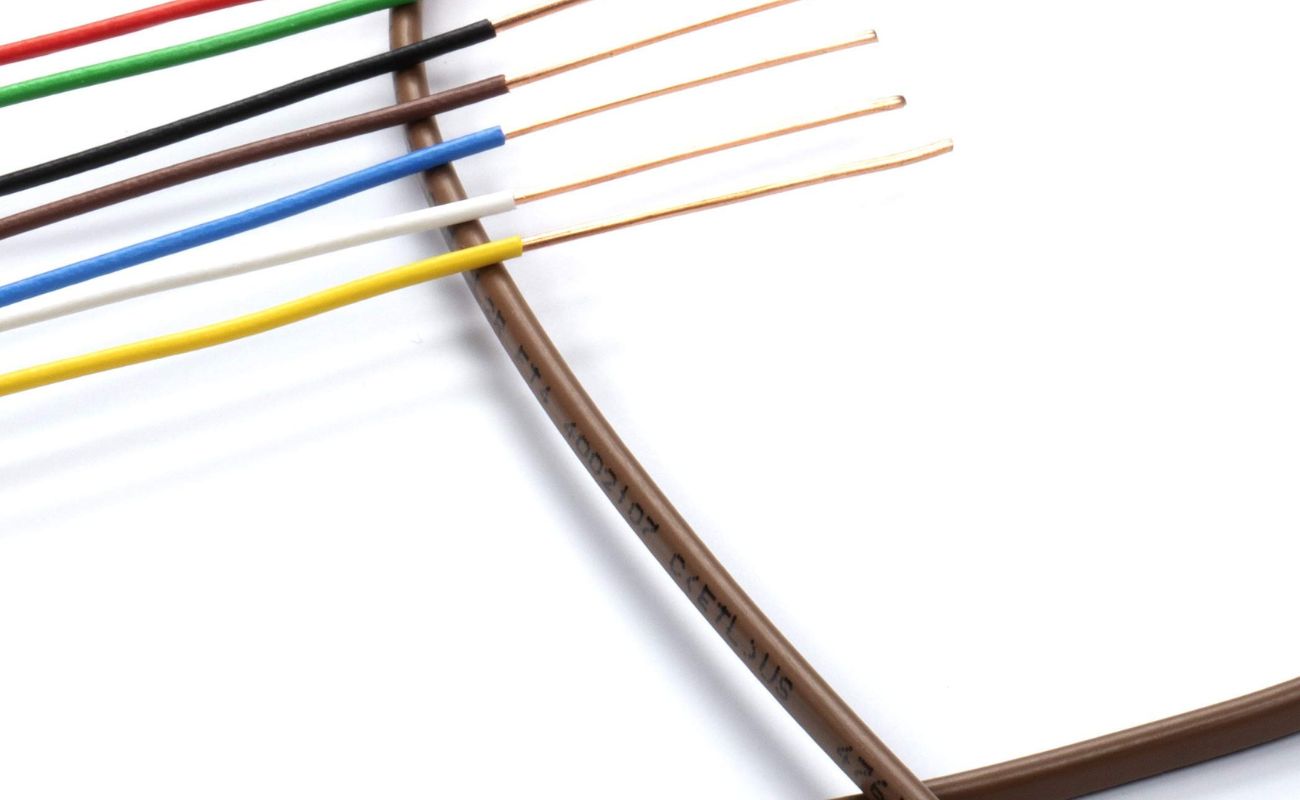
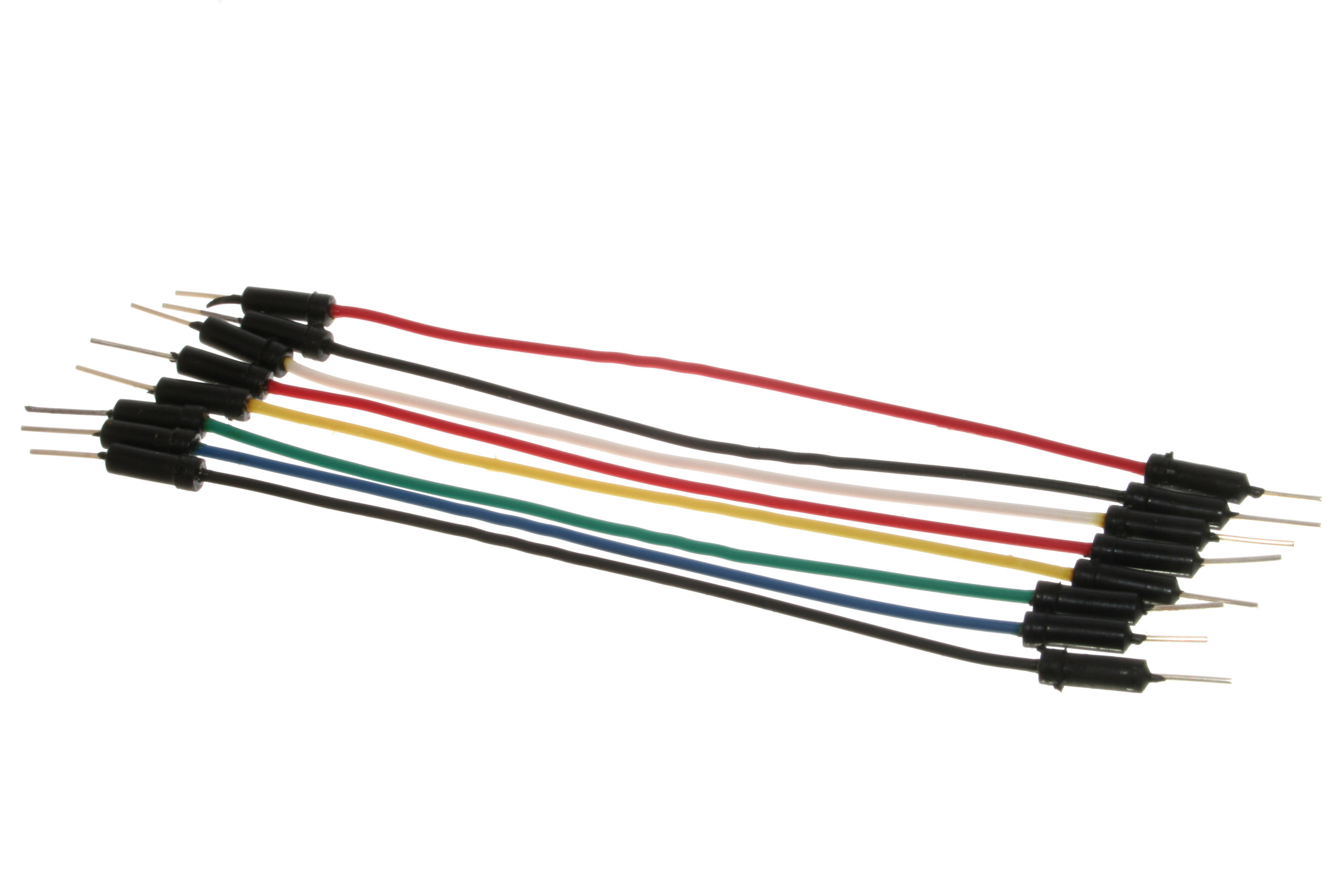
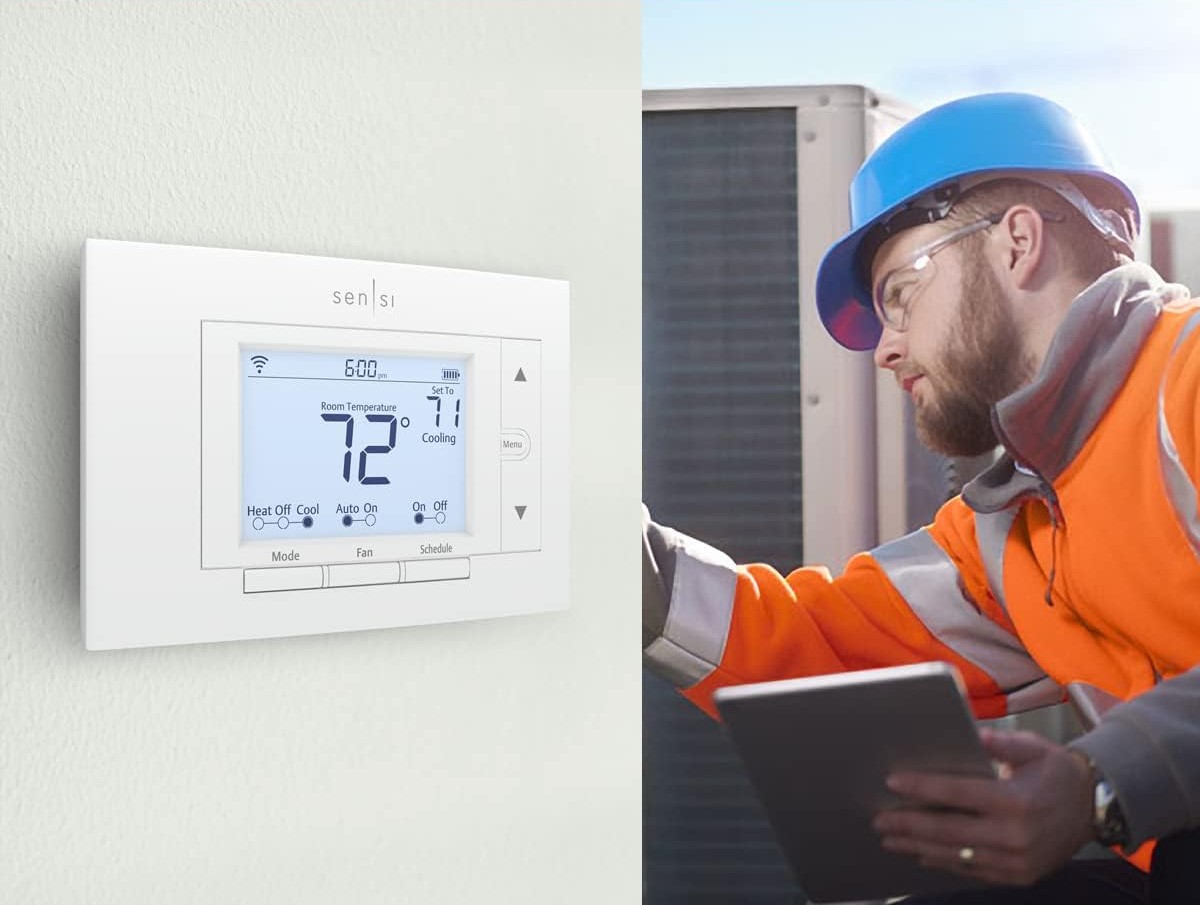
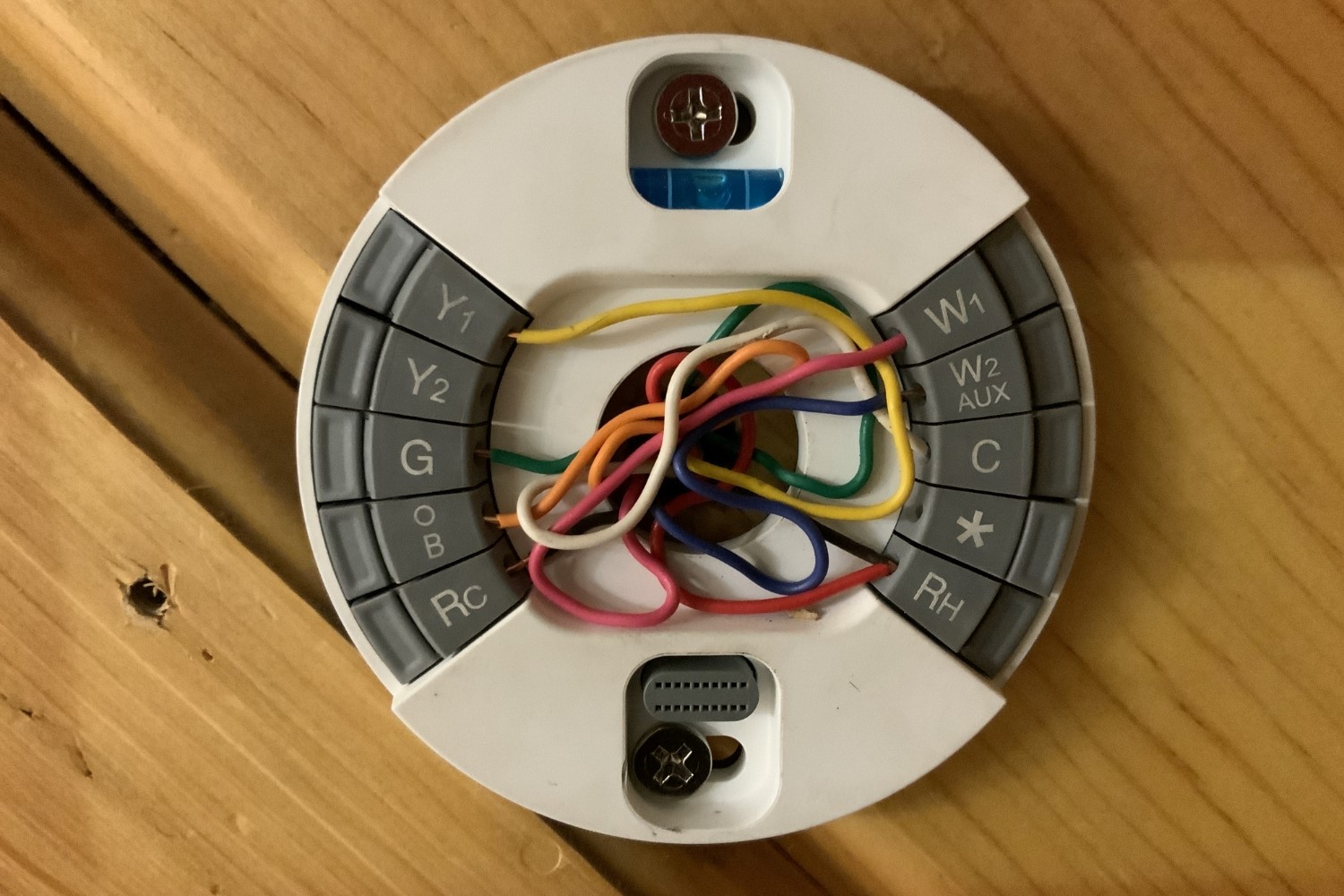
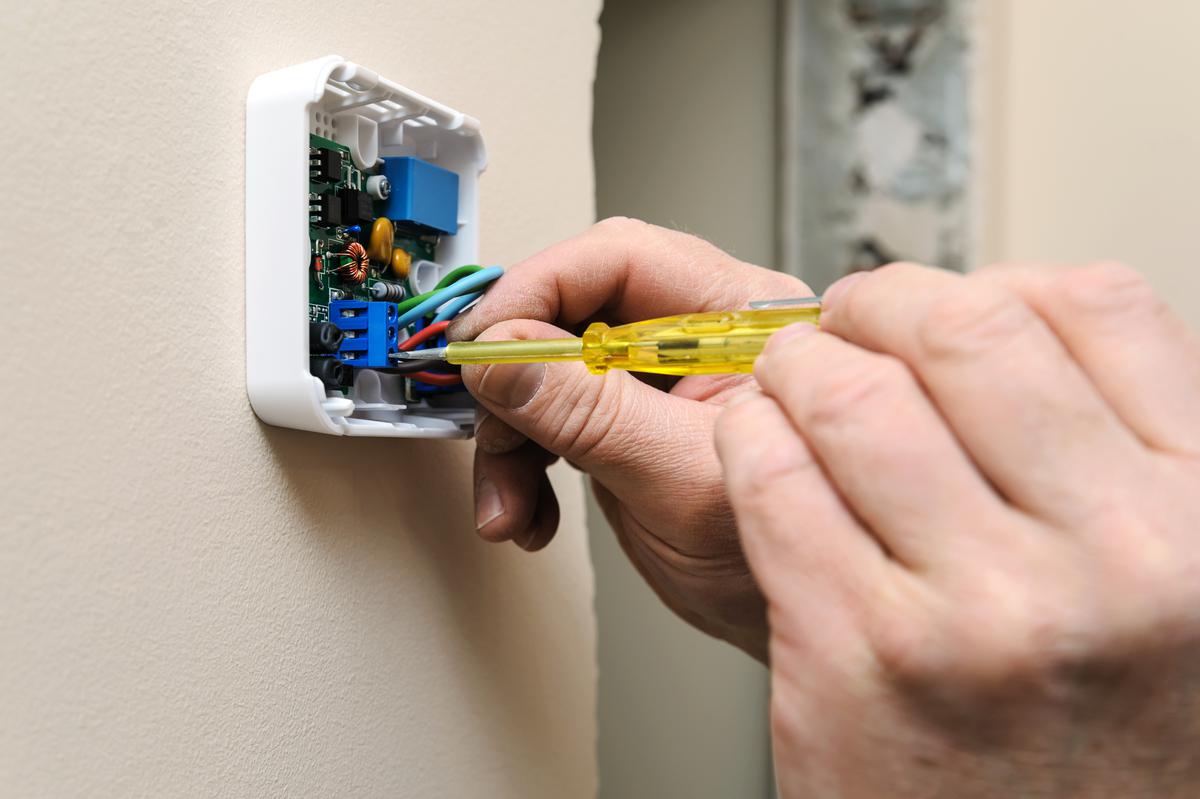
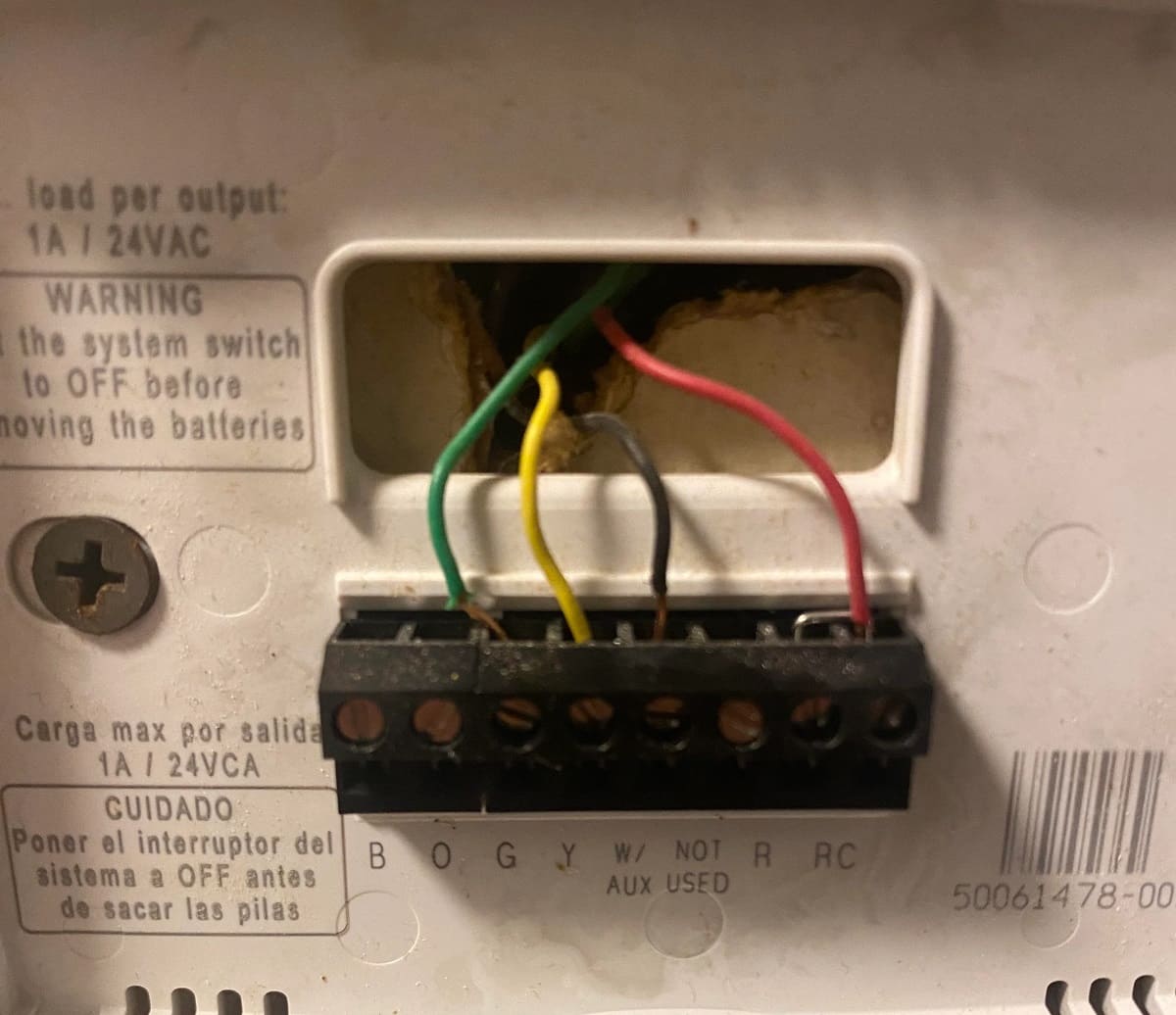

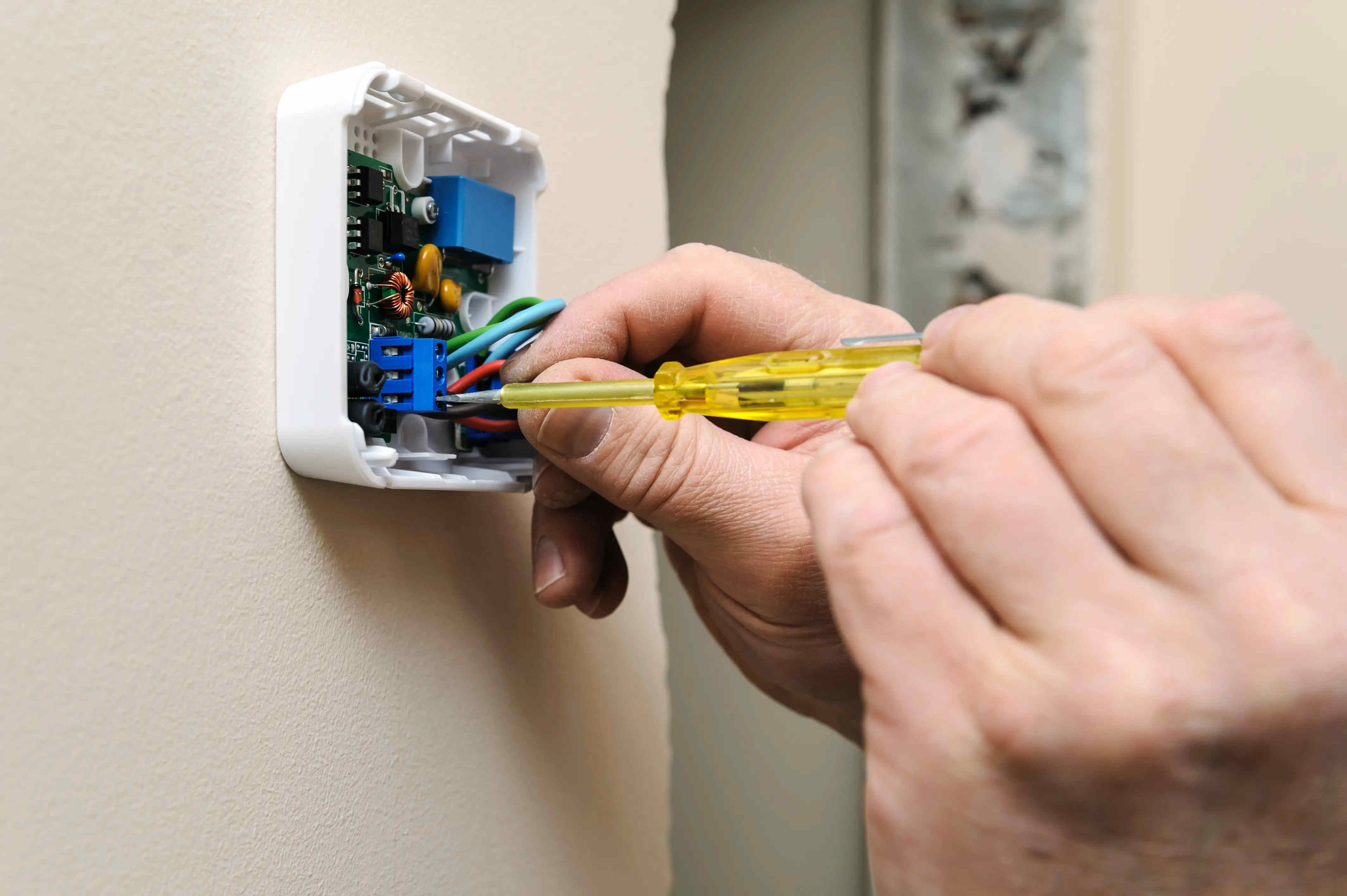
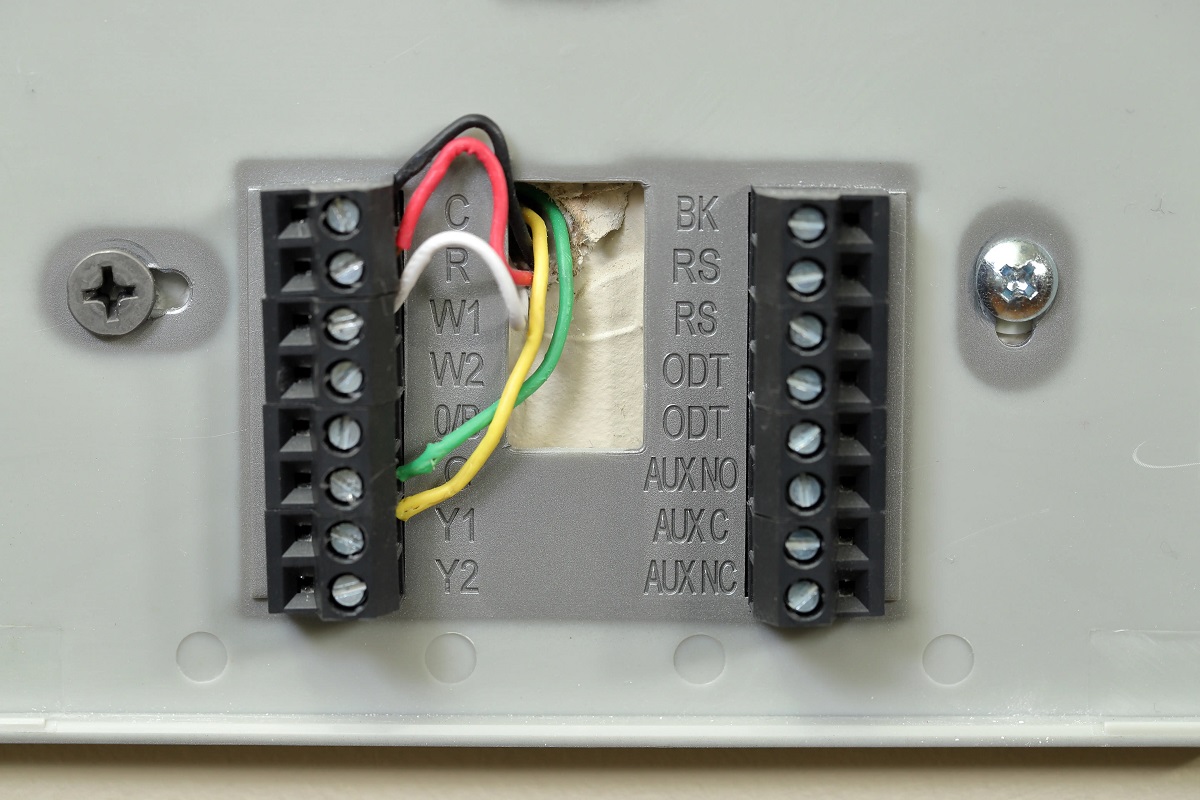
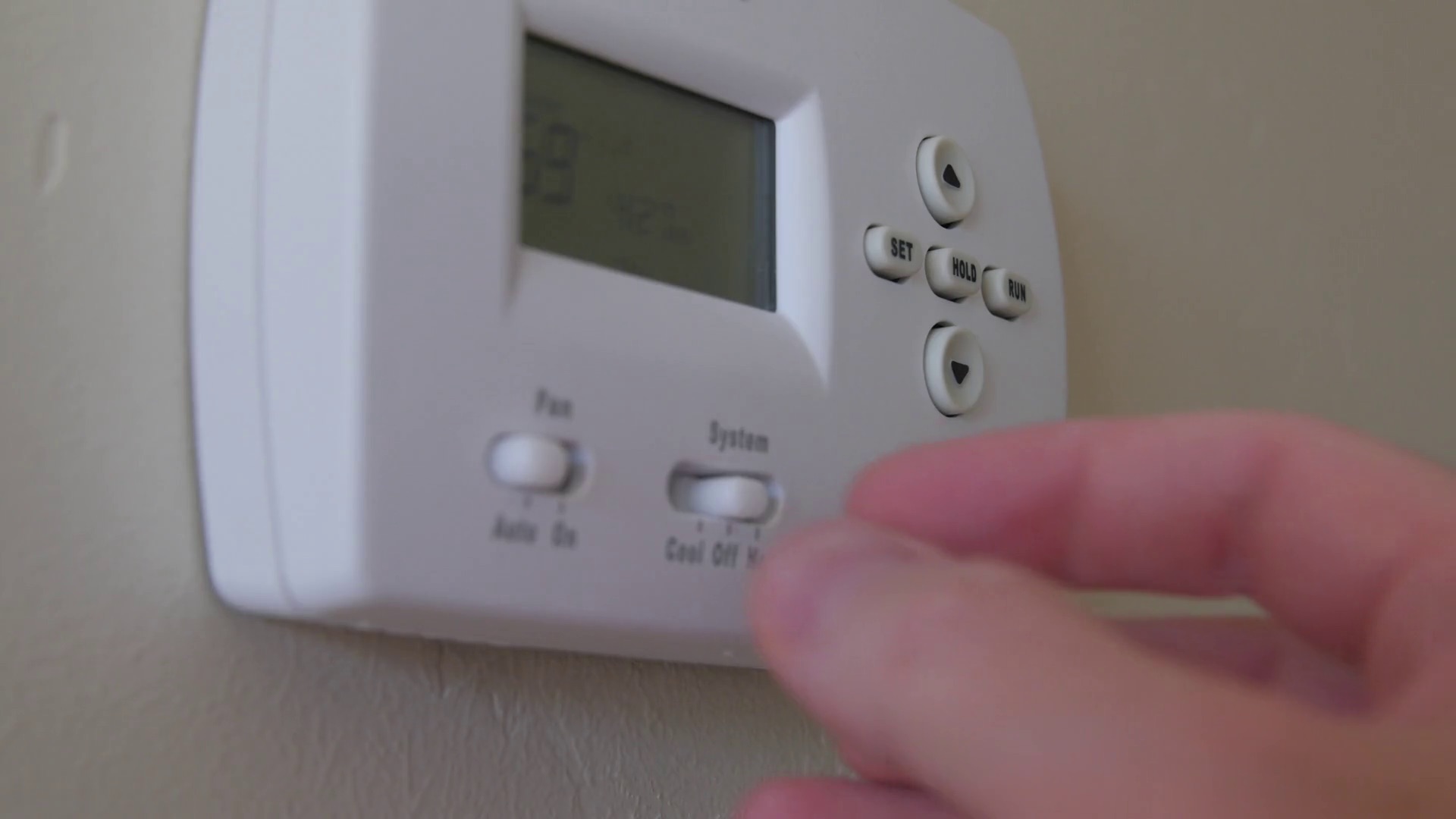
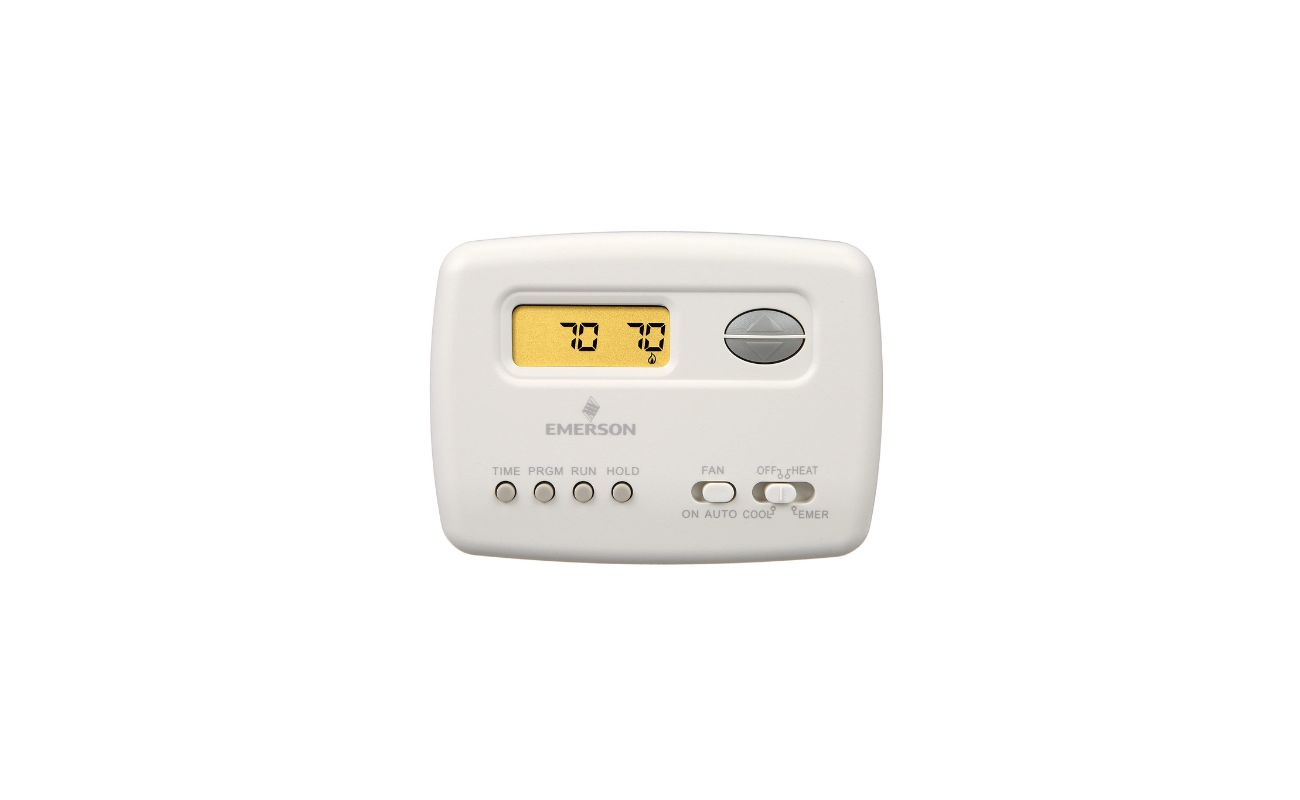

0 thoughts on “What Is A C-Wire On A Thermostat”